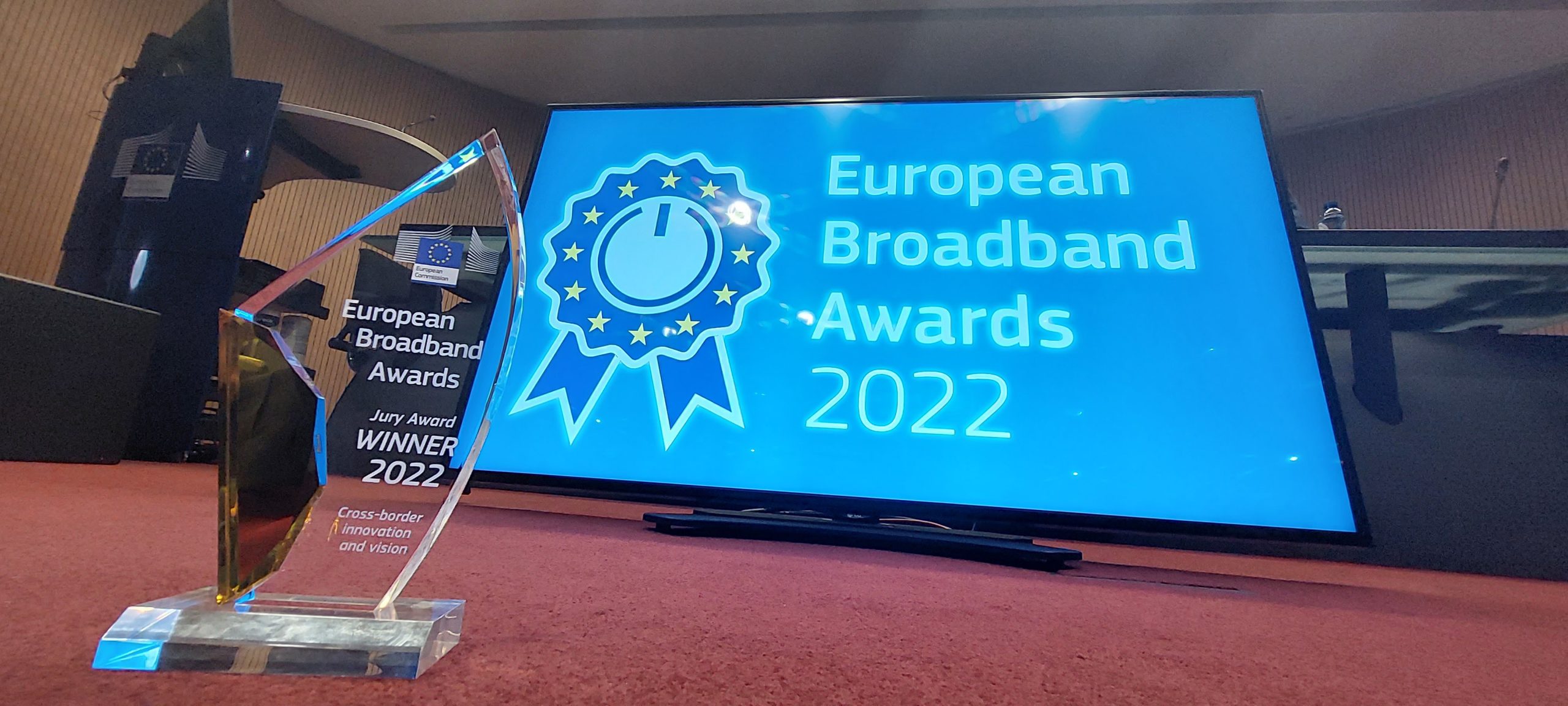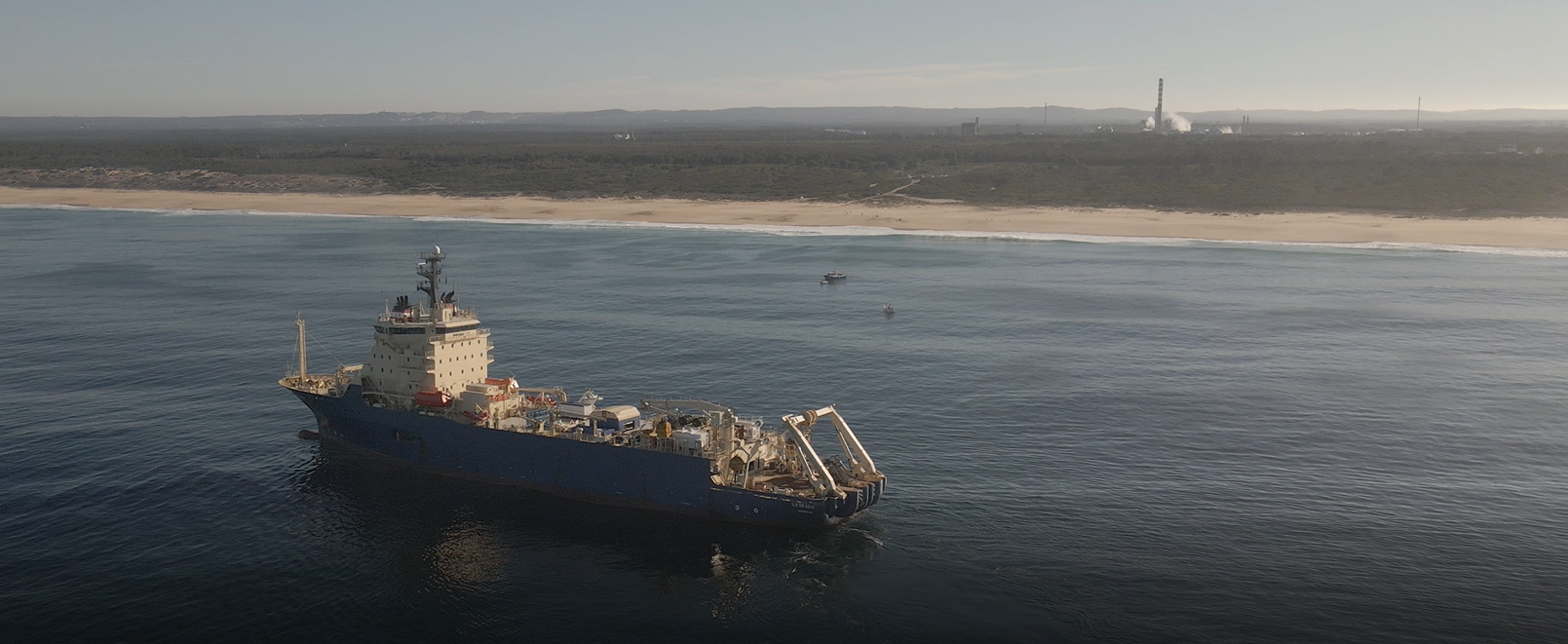What are submarine cable?
Oceanic data transmission is made possible through submarine cables, which link continents and are essential for international communications.
In this post, we’ll delve into the installation, operation, and maintenance of submarine cables as we explore the world of submarine cables. We will look at the complex procedure used to install these cables on the ocean below, taking into account the unique equipment and methods used. We will also dissect undersea cables’ operation to learn how they carry signals using optical fiber technology. Finally, we will discuss the necessary maintenance procedures needed to guarantee the dependability and ongoing operation of these crucial communication lifelines. Come along with us as we explore the subaqueous realm of submarine cables.
How do we install submarine cable?
The connection to the terrestrial network of submarine cables involves the construction of landing stations, where the cables emerge from the ocean and connect to land-based infrastructures. Cable terminations facilitate the transition of signals between the submarine cables and the terrestrial network, enabling efficient data transmission to end users.
Who installed submarine cable?
The installation of submarine cables is a complex operation that involves the participation of several specialized actors. Telecommunications operators play a key role in the planning and financing of cable laying. They are responsible for identifying potential routes, assessing bandwidth requirements, and coordinating work with other stakeholders. In collaboration with the operators, cable suppliers play a crucial role in the supply chain of submarine cables.
Curious about how we organize the deployment of a new submarine cable
see the EllaLink’s project timeline.
These companies design, manufacture, and supply the cables necessary for installation. They use special materials and construction techniques adapted to underwater conditions to ensure the reliability and durability of the cables. Cable-laying vessels are specially designed maritime platforms for the physical installation of submarine cables. These vessels are equipped with sophisticated cable laying and recovery systems. They transport cable reels, laying equipment, and technical teams required for cable installation. The collaboration between these specialized actors is essential to successfully carry out the installation of submarine cables.
Telecommunications operators plan and finance the project, relying on the expertise of cable suppliers for the design and manufacture of appropriate cables. The cable-laying vessels ensure the practical implementation of cable installation, ensuring they are deployed correctly and securely fixed to the seabed.
Submarine cable installation process
The installation of submarine cables follows a well-defined process, which consists of several interconnected stages. Firstly, a preparation phase is necessary. This phase includes in-depth geological and bathymetric surveys to determine the optimal cable route. Specialists analyze the topography of the seabed, ocean currents, potential obstacles such as underwater mountains and coral reefs, to choose the safest and most efficient path for the cable. Once the route is determined, the cables are prepared on land before being loaded onto the cable-laying vessels.
They are wound onto large reels specially designed to avoid excessive tension or damage to the cables. Rigorous testing is conducted to ensure their proper functioning and ability to withstand marine conditions. During cable installation, the cable-laying vessels gradually unreel the cables into the ocean using sophisticated winch and pulley systems. Skilled technicians continuously monitor the process to ensure a smooth installation.
Relied on the network
Once the submarine cables are laid, it is essential to connect them to the existing terrestrial network to enable connectivity with neighboring regions and countries. This connection to the terrestrial network is achieved through the construction of landing stations. Landing stations are facilities located on the coasts where the submarine cables emerge from the ocean and are connected to the land-based infrastructures. These stations are often strategically situated near urban centers or telecommunications hubs to facilitate signal distribution. When the submarine cables emerge from the ocean, they are connected to specific equipment called "cable heads" or "cable terminations."
These cable terminations are designed to handle the signals transmitted through the cables and convert them into suitable signals for the terrestrial network. From the cable terminations, connections are established to land-based transmission infrastructures, such as routers, switches, and data centers. This requires high-speed connections and specialized equipment to ensure fast and reliable data transfer.
Telecommunications operators are responsible for establishing the necessary land-based infrastructures for signal distribution from the submarine cables. This may include the construction of data centers, the installation of land-based optical fibers, and the establishment of distribution networks to route signals to end users.
How does submarine cable work?
The transmission of signals through undersea telecommunication cables involves optical transmission through fiber optics, signal encapsulation and data transmission, as well as signal reception and decoding at the destination. These complex processes enable reliable global connectivity and efficient data transmission across oceans.
CARIBBEAN - Establishing Resilience and Alternative Connections
EllaLink pioneers a first-time route to Europe via French Guiana, significantly enhancing the strength of the Caribbean region. This new connection provides an alternative path to North America, strengthening the region's telecommunications infrastructure and fostering disaster recovery capabilities.
By diversifying connectivity options, EllaLink ensures that the Caribbean is better prepared to withstand disruptions and maintain seamless communication links with the rest of the world, bolstering its position as a key player in the global economy.
Retrieve information
Before being transmitted through undersea cables, signals need to be encapsulated and converted into an appropriate format. This step is essential to ensure compatibility between different communication technologies and guarantee data integrity.
Data is encapsulated into packets or frames using communication protocols such as the Internet Protocol (IP) or Multi-Protocol Label Switching (MPLS). These protocols segment the data into smaller packets, which are then transmitted through undersea cables. Signal encapsulation is also crucial for ensuring data security during transmission. Encryption and authentication protocols, such as IP Security (IPSec), can be used to protect data against intrusions and ensure confidentiality and integrity.
Communication protocols also consider other aspects such as error control and packet routing. These mechanisms allow for verifying the integrity of transmitted data and efficiently routing it to its destination.
Optical Transmission through Fiber Optics
Optical transmission is the predominant method used in modern undersea telecommunication cables. It relies on the use of fiber optics to transmit signals in the form of light. This technology offers high transmission capacity, wide bandwidth, and low signal attenuation over long distances. Undersea fiber optic cables are composed of strands of glass or plastic optical fibers, called fiber cores. Light signals are generated at one end of the cable using lasers or light-emitting diodes (LEDs).
These light signals are then sent through the fiber optics, undergoing total internal reflections. When light travels through fiber optics, it is guided along the fiber core through a phenomenon called total internal reflection. This allows light to propagate over long distances without losing its intensity. Optical transmission enables wide bandwidth, meaning that large amounts of data can be simultaneously transmitted at high speeds. This high capacity is due to the wide range of light frequencies available for dense wavelength division multiplexing (DWDM). DWDM allows multiple signals to be transmitted on different wavelengths simultaneously, thus increasing the cable's capacity.
Undersea fiber optic cables are designed to minimize signal losses. Reflective coatings and low-attenuation materials are used to reduce signal losses and enable efficient transmission over long distances. Additionally, optical repeaters are placed at regular intervals along the cable to amplify optical signals and compensate for signal losses. These optical repeaters utilize erbium-doped optical amplifiers to enhance light signals throughout the cable's path.
Signal Reception
Once signals have traveled long distances through undersea cables, they need to be received and decoded at their destination. This step is crucial for extracting the transmitted data and making it usable by communication systems. At the receiving end, optical signals are converted into electrical signals using photodetectors such as photodiodes. Photodetectors detect changes in light intensity and convert them into electrical signals.
Once the signals are converted into electrical signals, they are decoded to extract the encapsulated data. The communication protocols used during signal encapsulation are employed to reconstruct the original data. The data is then processed by communication systems such as switches, routers, or servers to be routed to its destination.
These light signals are then sent through the fiber optics, undergoing total internal reflections. When light travels through fiber optics, it is guided along the fiber core through a phenomenon called total internal reflection. This allows light to propagate over long distances without losing its intensity. Optical transmission enables wide bandwidth, meaning that large amounts of data can be simultaneously transmitted at high speeds. This high capacity is due to the wide range of light frequencies available for dense wavelength division multiplexing (DWDM). DWDM allows multiple signals to be transmitted on different wavelengths simultaneously, thus increasing the cable's capacity.
Undersea fiber optic cables are designed to minimize signal losses. Reflective coatings and low-attenuation materials are used to reduce signal losses and enable efficient transmission over long distances. Additionally, optical repeaters are placed at regular intervals along the cable to amplify optical signals and compensate for signal losses. These optical repeaters utilize erbium-doped optical amplifiers to enhance light signals throughout the cable's path.
What are the dangers for submarine cables?
Submarine cable maintenance involves early problem detection, regular monitoring, and preventive maintenance. Operators employ advanced techniques to continuously monitor cables and detect anomalies. Cable ships and underwater robots are used to perform visual inspections and precise measurements. In the event of damage, repair operations are conducted by specialized vessels equipped with cutting-edge technology. Submarine cable operators implement proactive maintenance strategies to ensure the reliability and continuous availability of crucial submarine cables for global communications.
The dangers for submarine cable
The installation and operation of submarine cables expose these vital infrastructures to various dangers that can result in damage or service interruptions. Cables are vulnerable to human activities such as fishing, ship anchoring, offshore installations, and natural disasters such as earthquakes, underwater landslides, and hurricanes. Fishing represents one of the main threats to submarine cables. Fishing nets, trawls, and fishing gear can get entangled with the cables and cause damage.
Submarine cable operators take measures to raise awareness among fishermen about the importance of preserving cable integrity and establish protected areas. Offshore installations, such as oil and gas platforms, can also pose a risk to submarine cables. The anchors of these installations can damage cables during deployment or recovery. Operators work closely with offshore industries to minimize risks and implement appropriate safety procedures.
Natural disasters are also a major concern. Earthquakes can generate seismic movements underwater, leading to cable breaks. Underwater landslides can also cause damage to cables by shifting the seabed. Hurricanes and storms can generate strong currents and powerful waves, exposing cables to excessive tension forces. Submarine cable operators utilize weather forecasting models and advanced monitoring systems to anticipate adverse weather conditions and take preventive measures.
Detect threat for submarine cable.
Early detection of problems is essential to maintain the performance and integrity of submarine cables. Telecommunications operators employ various techniques to continuously monitor cables and detect any potential malfunctions. Regular cable monitoring is carried out using advanced detection systems such as acoustic monitoring cables.
These systems emit acoustic signals along the cables and measure responses to detect anomalies. They can identify variations in temperature, pressure, or tension that may indicate potential issues. Operators also continuously monitor cable performance by analyzing transmission parameters such as signal power and error rates. Cable ships, specialized vessels equipped with cutting-edge technology, are used to perform visual inspections and precise measurements on the cables.
These inspections help identify external damage such as cuts, excessive rubbing, or damage caused by human activities. Cable ships are also equipped with underwater robots capable of conducting detailed inspections of cables over long distances. Preventive maintenance is also crucial to prevent failures and potential damage. This includes regular maintenance work such as cable cleaning to remove marine deposits, the application of protective coatings to prevent corrosion, and checking connections for optimal performance.
Submarine cable operators take measures to raise awareness among fishermen about the importance of preserving cable integrity and establish protected areas. Offshore installations, such as oil and gas platforms, can also pose a risk to submarine cables. The anchors of these installations can damage cables during deployment or recovery. Operators work closely with offshore industries to minimize risks and implement appropriate safety procedures.
Natural disasters are also a major concern. Earthquakes can generate seismic movements underwater, leading to cable breaks. Underwater landslides can also cause damage to cables by shifting the seabed. Hurricanes and storms can generate strong currents and powerful waves, exposing cables to excessive tension forces. Submarine cable operators utilize weather forecasting models and advanced monitoring systems to anticipate adverse weather conditions and take preventive measures.
Fix submarine cable
In the event of cable damage or breakage, repair operations are necessary to restore connectivity. Submarine cable repairs are complex tasks that require specialized equipment and technical expertise. Cable repair vessels are used to locate and access the damaged areas of the cables. They are equipped with diving systems and underwater robots that facilitate the necessary repairs. Repair teams employ specific methods based on the nature and severity of the damage. In some cases, damaged sections can be cut and replaced with new cable sections. The cable ends are carefully prepared and then fused or spliced to ensure a strong connection. Rigorous testing is performed to ensure the quality and performance of the repairs.
You May Also Like
LATAM X Europe low latency games is now possible thanks to EllaLinks
Approximately 85 million Brazilian online gamers are rejoicing with the opening of a high-speed comm
EllaLink wins the Juri Award of the European Broadband Awards
The EllaLink submarine cable has been recognized by the jury of the European Broadband Awards for it
Embracing the Challenges of Digital Transformation
According to statistics portal and industry ranking provider Statista, the amount of data created, c


